Praise for Amazing Journeys
a unique and impressive red, white, and blue-collar collection of refreshing translations of Verne that gives new life to some of the old storyteller's most famous tales.
Science Fiction Studies
this new version emphasizes the wit, theatricality, and brilliance captured by the writer in these remarkable tales. Here is a classic series of adventures that, in spite of technological advances, will still enthrall the reader, and should be part of every young person's library.
San Francisco Book Review
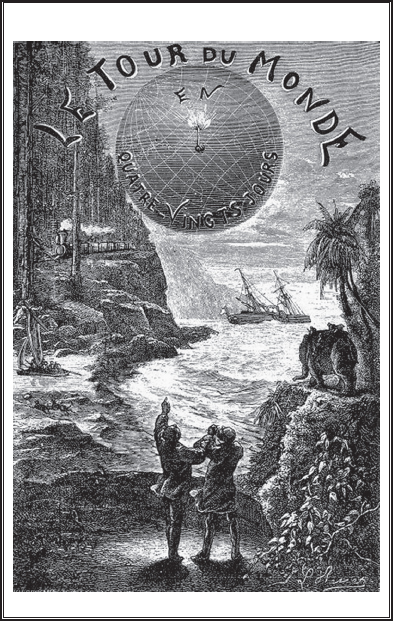
AROUND THE WORLD IN 80 DAYS
JULES VERNE

TRANSLATED BY
Frederick Paul Walter
WITH 59 ILLUSTRATIONS FROM THE 1873 FRENCH EDITION

The illustrations are by Alphonse de Neuville (18351885) and Lon Benett (18391917) as engraved by Henri-Thophile Hildibrand (18241897), Adolphe-Franois Pannemaker (18221900) and others. They first appeared in the octavo edition of Le Tour du monde en quatre-vingts jours published by J. Hetzel et Cie. on September 25, 1873.
Published by
STATE UNIVERSITY OF NEW YORK PRESS
Albany
2013 State University of New York
Translation and critical materials 2010 by Frederick Paul Walter
All rights reserved
Printed in the United States of America
No part of this book may be used or reproduced in any manner whatsoever without written permission. No part of this book may be stored in a retrieval system or transmitted in any form or by any means including electronic, electrostatic, magnetic tape, mechanical, photocopying, recording, or otherwise without the prior permission in writing of the publisher.
For information, contact
State University of New York Press
www.sunypress.edu
Excelsior Editions is an imprint of State University of New York Press
Production and book design, Laurie D. Searl
Marketing, Fran Keneston
Library of Congress Cataloging-in-Publication Data
Verne, Jules, 18281905.
[Tour du monde en quatre-vingts jours. English]
Around the world in 80 days / [Jules Verne; translated by Paul Frederick Walter]. Excelsior editions.
p. cm.
Includes bibliographical references.
ISBN 978-1-4384-4679-0 (hardcover : alk. paper)
ISBN 978-1-4384-4678-3 (pbk. : alk. paper)
1. Voyages around the worldFiction. I. Title.
PQ2469.T7E5 2013
843'.8dc23
2012026098
10 9 8 7 6 5 4 3 2 1
TRANSLATOR'S PREFACE
A witty mixture of manhunt, love story, social satire, and race against the clock, Around the World in 80 Days is the entertainment gem in Verne's output. The novel has a futuristic concept, or at least did for its time: circumnavigating the earth in a record-breaking eighty days or less. It's a feat that America's Nellie Bly actually pulled off just seven years later. How so? Because, in contrast to other favorite novels of his, here Verne plays fair and doesn't concoct any fictitious contrivances or contraptions: from schooners to steam locomotives, his tale uses only established forms of transportation; even the book's single far-fetched vehicle, a sail-powered sled, turns out after investigation to be nothing newthe Dutch had been riding on them for years.
Free of high-tech encumbrances, Verne's plot is arguably his best built. It moves with speed and economy, plus he has a matchless knack for spotting which parts of his material have the liveliest dramatic potential: an elephant ride through a murderous cult of East Indians facing a rampaging storm in an undersized sailboat the slapstick antics of a Japanese acrobatic troupe and a rollicking wild west sequence that takes up a good fifth of the book and comes complete with mob violence, high-noon shootout, and train holdup. In this last instance, too, Verne writes of places he hadn't actually visited, yet he has a sharp eye for the most telling details in his sources, and his descriptions are convincing even to readers (such as myself) who are personally familiar with the territory.
He knows what to keep and what to dump. Right off, for example, he skips Europe and heads straight for exotic Egypt. Similarly he crosses the entire Pacific (a third of his journey) in a single chapter, the eastern U.S. in a single paragraph. Other storytelling shortcuts are downright clever: when he supplies an expository flashback in to indicate the ground just covered, it's a few lines scribbled in an itinerary. Finally, at the climax of this marvelously managed yarn, everything goes hopelessly wrongtill Verne springs one of literature's choice surprise endings.
The story's linchpin is its leading man Phileas Fogg, the ultimate Britisher with stiff upper lip. Yet Fogg goes far beyond the stereotype: commentators have likened him to the author's father, hidebound attorney Pierre Verne, said to have lived a life of clockwork rigidity. Fogg is just as machinelike, in fact is continually described as a chronometer, an appliance, a robot, an icy emotional vacuum. Yet the bottled-up pressures get to him and he sometimes gives in to knee-jerk impulses: he tries to leap onto a burning pyre, engages in a narcissistic duel to the death, aims to single-handedly save his valet Passepartout from Sioux warriors, and, of course, pigheadedly makes the multimillion-dollar bet in that causes all the trouble. He's a portrait of psychic imbalancebut curable.
As for the manhunt subplot, it's driven by relentless Inspector Fix of Scotland Yardthat's fix as in fixation or ide fixe. Finally, sketched with delicacy and restraint, there's an unexpectedly charming love story. En route Fogg rescues the voluptuous East Indian widow Aouda, who turns out to be surprisingly emancipated and an egalitarian partner for Foggshe's not only a good looker, she's a good shot, a good card player, and even, it's hinted, good in bed.
Social satire? Verne is full of sly wonderment at England's colonizing virtuosity. Halfway around the globe in Hong Kong, the rubbernecking Passepartout finds he's pretty much still in Bombay, Calcutta, or Singapore. It's as if a trail of English towns runs all around the globe. Does this mean Fogg winds up in exactly the same place when he gets back to Britain? Actually it doesn't as you'll see.
My translation is based on the Livre de Poche red-cover reissue of the French original, double-checked against the many available online texts as well as early Hetzel and Hachette editions.
FREDERICK PAUL WALTER
Albuquerque, New Mexico

Jules Verne (18281905)
1. IN WHICH PHILEAS FOGG AND PASSEPARTOUT MUTUALLY ACCEPT EACH OTHER AS MASTER AND MANSERVANT
 n the year 1872 the house at 7 Savile Row in Burlington Gardensthe house where Sheridan died in 1816was the residence of Phileas Fogg, Esq., one of the most distinctive and noteworthy members of the Reform Club in London, though he seemed to shrink from doing anything that might attract attention.
n the year 1872 the house at 7 Savile Row in Burlington Gardensthe house where Sheridan died in 1816was the residence of Phileas Fogg, Esq., one of the most distinctive and noteworthy members of the Reform Club in London, though he seemed to shrink from doing anything that might attract attention.
One of England's greatest orators had been replaced, then, by this Phileas Fogg, a mystifying individual nobody knew anything about, except that he was quite well bred and one of the finest gentlemen in English high society.
Next page
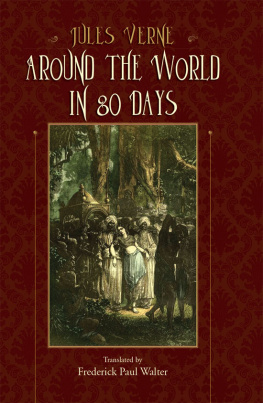
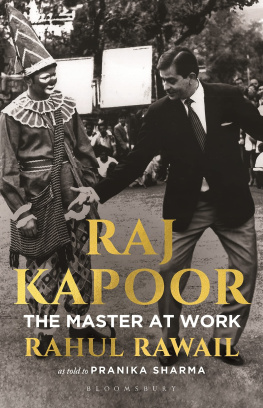


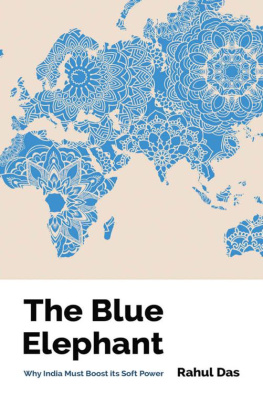

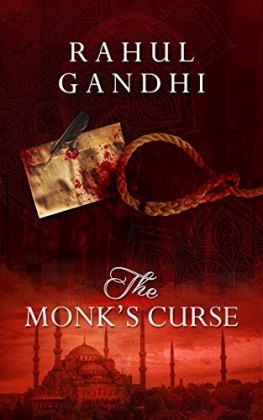




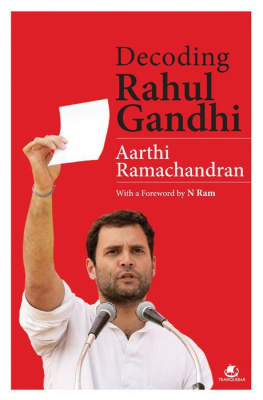
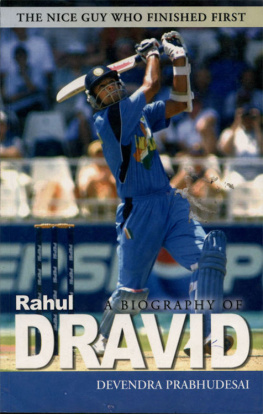




 n the year 1872 the house at 7 Savile Row in Burlington Gardensthe house where Sheridan died in 1816was the residence of Phileas Fogg, Esq., one of the most distinctive and noteworthy members of the Reform Club in London, though he seemed to shrink from doing anything that might attract attention.
n the year 1872 the house at 7 Savile Row in Burlington Gardensthe house where Sheridan died in 1816was the residence of Phileas Fogg, Esq., one of the most distinctive and noteworthy members of the Reform Club in London, though he seemed to shrink from doing anything that might attract attention.